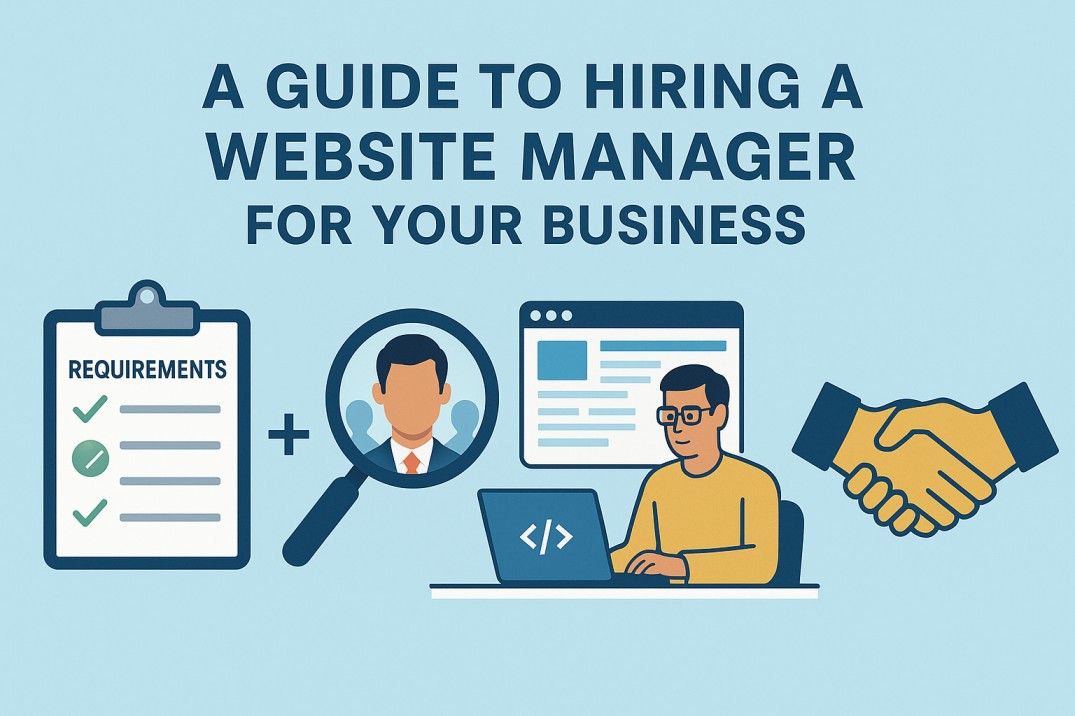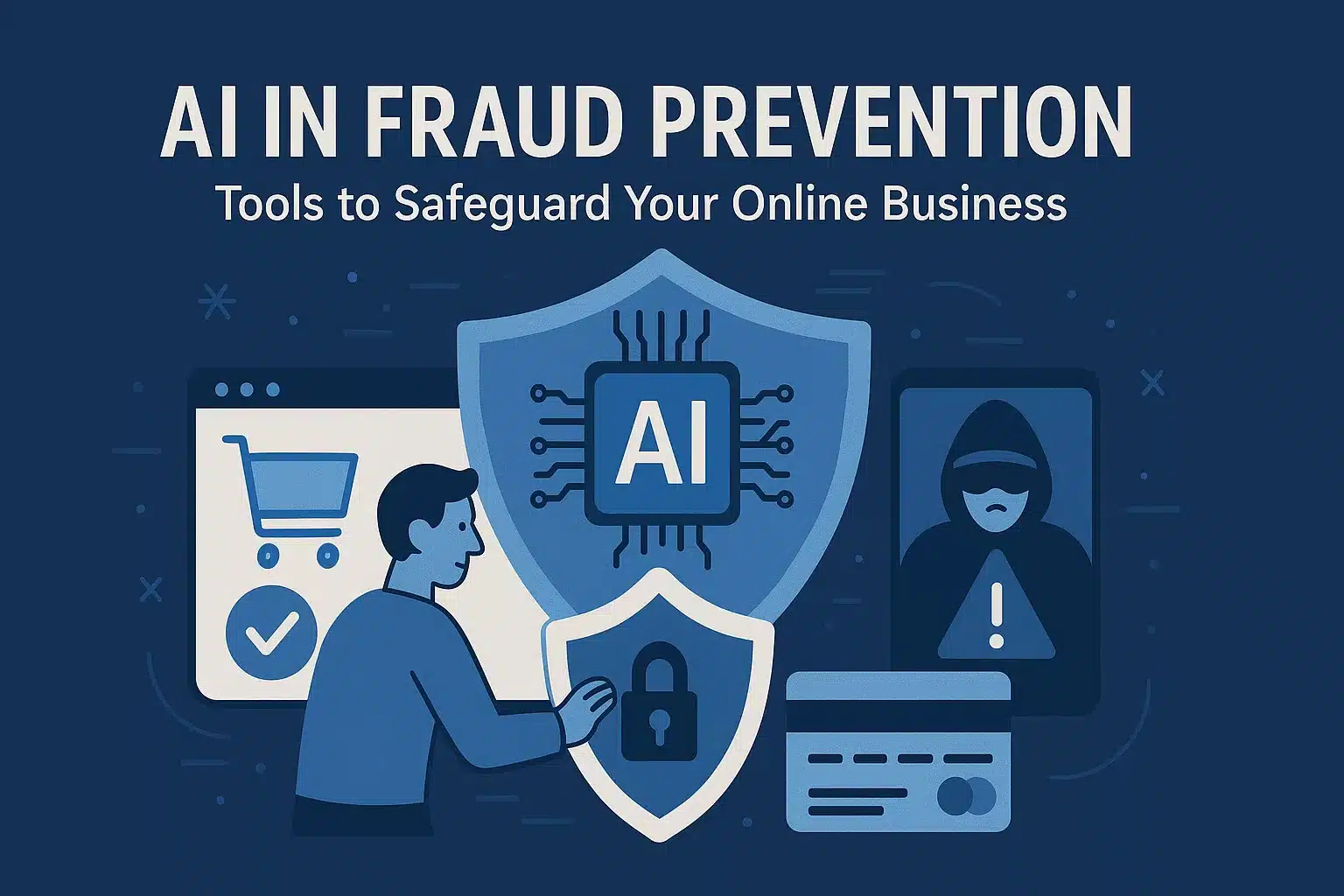
Once upon a time, before learning management systems (LMS) and other online training systems were used, training employees across distances was a chaotic, decentralized, and often inefficient process. Most of the time, a company was unable to confirm how much money it was spending on across the enterprise. The training process in each group of the company could vary significantly.
Today, companies utilizing business process outsourcing (BPO) for call centers can cut costs if they are able to centralize, unify, and repeat the process of employee training. This is where LMSs are useful, since an LMS allows its users to develop and distribute their own training solutions. Companies can create and customize training, integrating their logo and applying the company colors. And the ability to pay-per-use makes it easy for companies to load and reload learning content as required for relevant and up-to-date training. This pay-per-use model provides companies with a way to train employees in a call center in an efficient and timely manner.
Coggno is now offering a limited time free trial on its pay-per-use LMS. Click here to try it out.
Outsourced call centers require online training, easily delivered via LMS. But why create and/or outsource your call center to begin with? There are numerous benefits to implementing a call center, or a customer relationship management team. First of all, a call center creates greater efficiency in your company. It doesn’t necessarily have to be a big operation, involving a separate office, although it often does. However, if need be, a call center may involve minimal employees, in any location in the world. In fact, you might not even need to hire extra personnel.
Second, call centers allow you to track business processes and progress. Using customer relationship management software, your office can track the number of calls and emails received and responded to each day by making them into simple and trackable cases. An ordinary helpdesk isn’t able to track these. A call center generates these statistics and allows you to use them for future reference and to take measures to improve your business processes and ultimately, your business.
This point leads to the next benefit: launching a call center strategy will help you get organized and up to date on the most robust technology–including LMS software and communication handling systems–available. For example, using the Software as a service technology delivery model, virtual call centers are the most recent phenomenon emerging to manage customer relationships. Oftentimes call centers operate using cloud-based services like Salesforce.com, for a monthly or annual fee, to integrate with their call center functionality. Software like Salesforce also includes ways to help call center reps stay connected, use feeds to keep up with the latest salesforce activities and record updates, and more social networking-style tools that are actually useful in the communication-handling world.
Salesforce’s up-and-coming collaboration platform, Chatter, includes a variety of cutting edge and useful tools for a call center. Status updates provide a way to quickly let others know what you’re working on, without having to post to a staff blog or send an email. And in addition to following other staff members (like Twitter, only the ones you choose) you can also follow individual records in Salesforce such as contacts, accounts, cases, or opportunities. For example, say you’re a customer service rep and you’ve got a case (an email or phone call from a customer) you want come help on. Now you can share a question, comment, link, or file about the case in your status update, and have the answer from your followers right in Salesforce.
Likewise, as more companies utilize LMS for training, such software has developed in sophistication. In some instances, educational software begins to look more game-like in its interactivity, and fun-to-use tools and interactive and practical features. Social networking features are an up-and-coming addition to online courseware and LMSs, with potentiality to transform learning and create more robust training modules.
Coggno is now offering a limited time free trial on its pay-per-use LMS. Click here to try it out.
——————–
Coggno.com provides premier e-learning education.



















